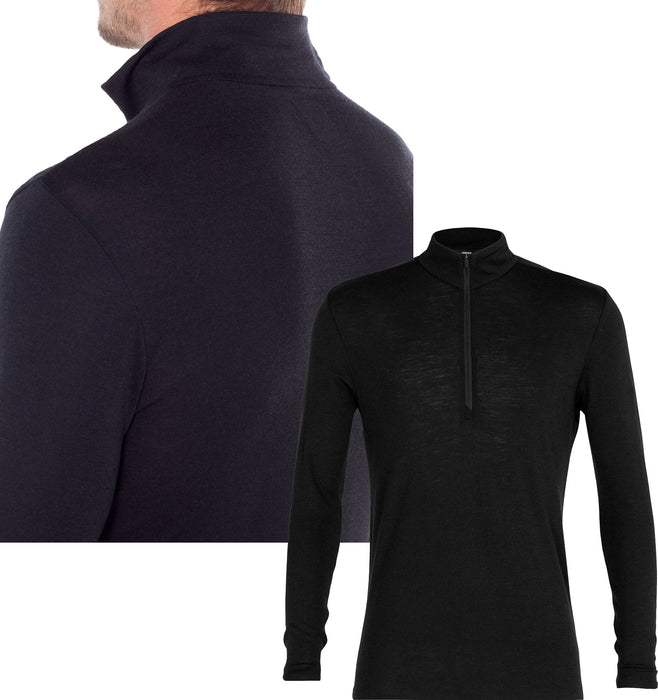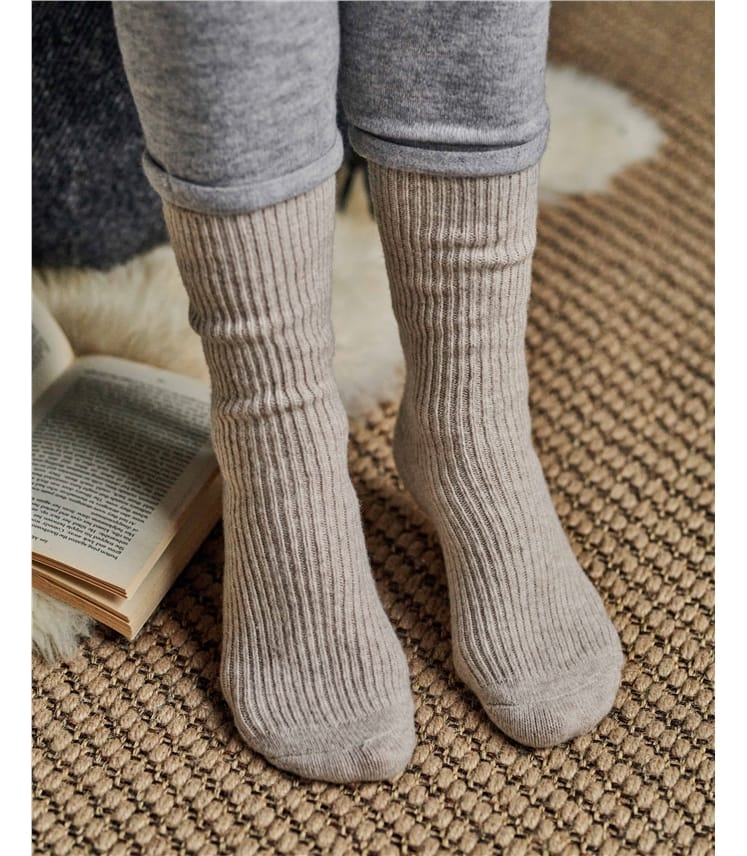Great Merino Wool Base Layers Site
Wiki Article
Why Are Yak Wool Base Layers Effective For Winter Sports Apparel In Terms Of Temperature Regulation, Warmth In Addition To Moisture Management, Durability And Comfort?
Base layers made of yak merino are ideal for winter sportswear due to their mix of features that improve the temperature control, warmth and comfort.
Insulating Properties: Both yak and Merino wool are naturally insulation. Yak, with its hollow filaments holds the air, which provides excellent warmth. Merino wool is another one that's known for its ability to provide insulation.
Regulates Body Heat - The combined material helps regulate body heat by trapping the warmth in cold temperatures and allowing for breathability for high activity.
Moisture Management-
Merino is a wool that wicks moisture. The characteristics of Merino draw out moisture and disperse moisture which helps prevent sweat accumulation. Yak wool also helps to transport moisture and keeps the wearer dry and comfortable during vigorous physical exercise.
Comfort-
The softness Merino wool has soft fine fibers. They are supple and don't cause skin irritation. In addition, yakwool fibers are soft also enhances comfort.
Odor resistance: Both are antimicrobial, and will ensure that your clothing stays clean by limiting the growth of bacteria.
Durability-
Strength and Resistant- Yak Wool is tough by nature. When added to the tough merino woo, the fabric is strong and durable and suitable for intense sports.
Natural Fiber Benefits-
Renewability - Merino and Yak Wool are renewable and biodegradable fibres making them environmentally friendly.
They are able to be used in all weather conditions. They can be used in wet or dry environments.
The blend of yak and merino wool harnesses the strengths of both material, creating the perfect fabric providing warmth and regulating temperature, as well as managing moisture, ensuring comfort, and ensuring the durability. The yak-merino blend base layer is ideal for winter sport clothing. It is able for the demands of outdoor activities in colder climates, and keeps wearers comfortable and dry. See the top merino wool base layer hints for blog recommendations including wool thermals womens, wool base layer, cheap merino wool base layer, smartwool 250 women's, merino wool base layer women's sale, 400g merino wool base layer, smartwool base layer womens, best merino wool base layer women's, airblaster merino ninja suit, merino wool thermals women's and more.

What Are Some Advantages That Bamboo Clothing Offers In Regards To Thermal Regulation And Uv Protection?
Bamboo clothing is a great choice for those looking to maximize their benefits in terms of thermal regulation and UV protection.
Insulation- Bamboo fabric offers warmth in cold weather, while still remaining breathable. It regulates the body's temperature by retaining heat when temperatures are cooler and also allowing airflow to avoid overheating during exercise.
UV Protection
UV Resistant- The bamboo fabric offers natural protection against harmful UV rays. It blocks a large portion of the sun's UV rays, providing an additional layer of defense against the sun's rays when outdoors.
Biodegradability-
The bamboo clothes are biodegradable, which means it is able to break down naturally at the end of its life cycle without creating harmful residues or contributing to the environmental degradation. This helps reduce waste and also the environmental impact caused by clothing that is thrown away.
Environmental Impact-
SustainabilityBamboo as a primary material is extremely environmentally sustainable. It is a fast-growing plant which does not require pesticides and chemical fertilizers. The rapid growth rate of this plant is what makes it a renewable source.
Bamboo is a water-wise crop that has a lower requirements compared to cotton or other crops. This makes it more efficient in terms of how much water is used. This aspect contributes to conservation efforts and reduces the strain on water resources.
Soil Conservation-
Health of the soil - Bamboo cultivating doesn't usually reduce soil nutrients or require intensive irrigation. This can lead to better soil conditions.
Carbon Sequestration
Carbon Absorption- Bamboo has the ability to absorb CO2 and release it more efficiently than other plants. This attribute aids efforts to fight climate change through reducing carbon emissions.
Bamboo clothing's thermal regulation, UV protection, biodegradability and positive environmental impact make it a desirable choice for those looking for sustainable and durable clothes. These qualities are in line with environmentally-conscious practices and offer benefits to both the wearer and the environment. Take a look at the top click here on bamboo clothings for website recommendations including bamboo yoga trousers, bamboo sweatshirt, bamboo yoga leggings, dixxon bamboo shirt, bamboo twirl dress, bamboo t shirts mens, bamboo cay shirts christmas, bamboo exercise clothing, bamboo womens shirts, bamboo sweatpants and more.

How Do Merino Layers And Bamboo Clothing Differ From Eachother And Regular Wool?
Merino wool bamboo clothing, regular wool can be distinguished with their distinct characteristic.
Softness Merino is known for having fine soft fibers, which are easy to wear. It's less likely that it will cause irritation or itchiness when compared with other types of wool.
Merino Wool is Moisture Wicking. Merino wool wicks moisture off the skin, allowing it evaporate, keeping the wearer comfortable and dry.
Merino offers excellent insulation, even when it is wet. It regulates body temperature, offering insulation in cold weather and breathability, which helps prevent overheating during activity.
Odor resistance: It hinders the development of odor-causing bacteria and keeps garments fresh, even when worn for extended periods.
Bamboo Clothing
Softness. Bamboo clothing is often compared in feel to cashmere and silk. It's soft and luxurious to wear.
Bamboo fabric is moisture-wicking and has properties that draw moisture from the body, keeping you dry while exercising.
Temperature Regulation- Bamboo clothing has natural temperature-regulating abilities, offering warmth in winter and breathability to prevent overheating.
Sustainability Bamboo is a source which is renewable and it grows quickly, without the use of pesticides. It is biodegradable.
Regular Wool
Texture. The texture of wool is variable. Certain types are more coarse in texture and more prone to itching.
Warmth - Wool offers excellent insulation and warmth but it also feels bulky.
Absorption of Moisture - Wool is able to absorb water, which makes it less effective at wicking moisture as bamboo and merino. It can retain warmth even when it is moist.
In short, merino wool is extremely soft, with excellent moisture-wicking properties, odor resistance and insulation. Bamboo clothing has a soft airy feeling. Also, it regulates temperature and is environmentally friendly. Regular wool is different in texture but may not have the same softness or wicking capability as merino clothing or bamboo clothes, however they can provide warmth and insulation. Each one is distinctive and can be tailored to different styles of winter clothes. Follow the top rated merino wool base layers advice for blog advice including wool thermal base layer, smartwool merino 250 base layer, skiing mid layers, merino ninja suit, smartwool long johns, base layer for warmth, smartwool 250 base layer, best merino wool base layer, smartwool 150 base layer, merino base layer womens and more.
